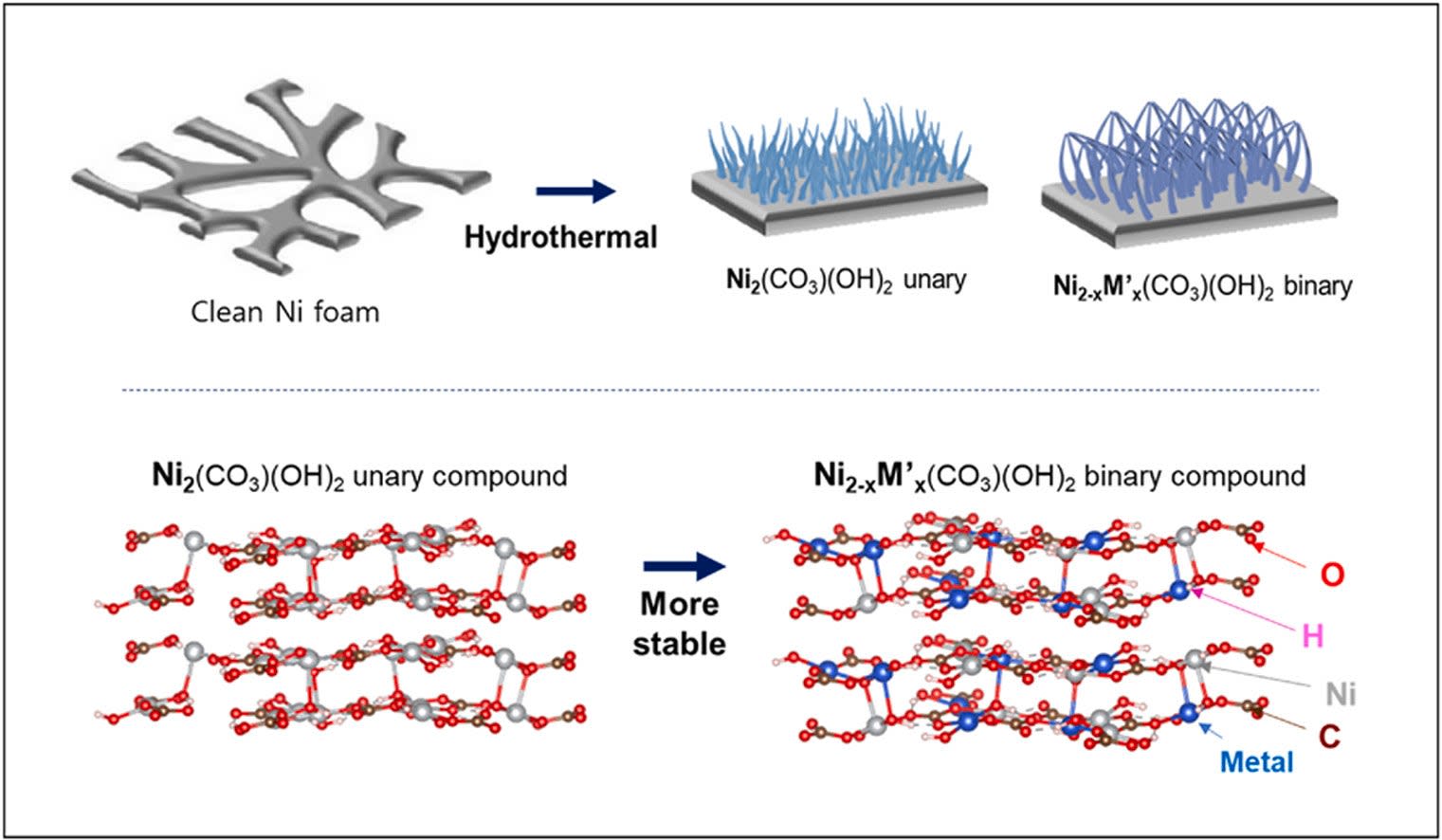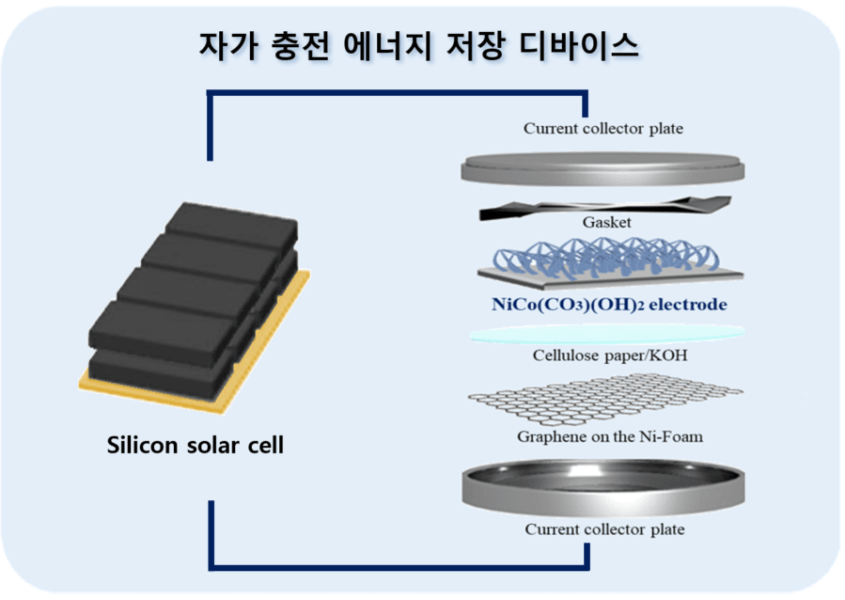Smart Device Stores Solar Power for Use After Dark

Harvesting the sun’s energy has always been an exciting challenge. As technology races forward, scientists are finding new ways to both collect and store that energy more efficiently.
A recent scientific breakthrough brings a powerful solution one step closer to your home, school, or office. Researchers have created a smart energy storage device that not only captures sunlight but also stores it efficiently for later use.
This innovation pairs silicon-based solar cells with high-performance supercapacitors . It could mean better, faster, and more stable energy supplies—especially where consistent power is hard to come by. Using materials that improve both how much energy can be stored and how quickly it can be delivered, this new design marks a big leap in clean energy technology.
Building Better Supercapacitors
The key to this new energy storage system is the supercapacitor. Unlike batteries, supercapacitors can charge and discharge much faster. They can also last through more charging cycles without wearing out. But they often fall short when it comes to storing large amounts of energy.

To fix this, the team built a better supercapacitor using nickel foam. This lightweight, three-dimensional material gives the device a huge surface area. Onto this foam, scientists deposited nickel compounds that act as the core of the supercapacitor’s electrodes. The large surface helps store more energy and allows it to move quickly in and out of the system.
Nevertheless, an issue persisted. Relying solely on nickel ions resulted in a decrease of conductivity That’s similar to how traffic jams occur during peak hours, causing poor energy flow. To address this issue, researchers introduced additional metal ions such as manganese, cobalt, copper, iron, and zinc. These extra metals created binary compounds by pairing up with nickel, resulting in robust and stable materials.
The outcome was these novel compounds enhanced conductivity, maintained their structure when stressed, and facilitated storing and repeatedly using energy with minimal losses. This led to the development of electrodes capable of performing significantly better than previously possible.
Related Stories
・ A 5,000-year-old fortress was uncovered during the development of a solar power facility.
・ A major advancement in light-absorbing materials greatly boosts solar power production.
・ A cutting-edge method produces hydrogen using solar energy and farm residues.
An Apparatus for Storing and Dispensing Energy
The most effective material during the trials was a blend of nickel and cobalt within a substance known as nickel carbonate (NiCo(CO₃)(OH)₂). electrode demonstrated an exceptionally high energy storage capacity and maintained stability through numerous cycles of use.
The supercapacitor achieved an energy density of 35.5 watt-hours per kilogram, significantly higher than the usual range of 5 to 20 watt-hours per kilogram found in earlier versions. Additionally, its power density peaked at 2555.6 watts per kilogram, surpassing the previously established benchmark of 1000 watts per kilogram.
This simply means the gadget can hold substantial amounts of energy and supply it rapidly whenever required. A high power density enables immediate energy distribution—a key feature for operating big or swift machinery.

The positive developments do not end there. The newly developed supercapacitor successfully underwent numerous charge-discharge cycles with minimal degradation in efficiency. Its durability makes it an excellent option for prolonged usage, decreasing the necessity for regular replacements and contributing positively to environmental conservation efforts. cutting down on waste .
Connecting Solar Cells Directly
To enhance the functionality of this storage device, the group linked it directly to a solar panel. The solar cells were crafted from silicon, a common material in solar tech due to its proficiency in converting sunlight into energy. electricity efficiently.
The direct link allows the Sun’s energy to flow directly into the supercapacitor without requiring additional circuits or converters. With a storage efficiency rate of 63%, almost two-thirds of the captured solar power can be preserved for later usage. In general, this apparatus demonstrated an overall efficiency of 5.17% when exposed to standard sunlight levels.
Enjoy tales like this? Check them out! The Brighter Side of News' news letter
These numbers might not sound big, but for an early model combining solar cells and supercapacitors, they are very promising. It shows the system can work in real-world conditions and suggests even better results could be possible with more research.
A New Step Toward Clean, Portable Energy
The research was headed by scholars from two institutions, and their enthusiasm is evident. "This study represents a major accomplishment," stated Jeongmin Kim, a lead investigator at DGIST in South Korea. “It marks the development of Korea’s first self-charging energy storage device combining supercapacitors with solar cells. By utilizing transition metal-based composite materials, we have overcome the limitations of energy storage devices and presented a sustainable energy solution.”
His teammate, researcher Damin Lee, added, “We will continue to conduct follow-up research to further improve the efficiency of the self-charging device and enhance its potential for commercialization.”

Together, their work points to a future where energy from the sun can be captured and used on the go—without relying on large battery packs or constant access to the power grid. This could be especially helpful in remote areas, emergency settings, or for wearable tech that needs constant, lightweight power.
Looking Ahead
As the world searches for cleaner and more dependable energy systems, this new design offers hope. By combining the fast-charging power of supercapacitors with the renewable source of sunlight, the team has opened the door to safer, quicker, and more reliable energy storage.
The technology still needs more refining before it can be used everywhere. But its early success shows great promise. It’s one more step toward a future where solar energy is not only captured effectively but also stored smartly for whenever it's needed most.
It seems like you might have intended to provide an article for me to paraphrase; however, no article was included in your message. Could you please include the specific text of the article so I can assist with paraphrasing as requested? The Cheerier Aspect of Journalism .
Enjoy heartwarming tales? Check these out! The Cheerier Corner of Journalism Newsletter .

Posting Komentar untuk "Smart Device Stores Solar Power for Use After Dark"
Please Leave a wise comment, Thank you